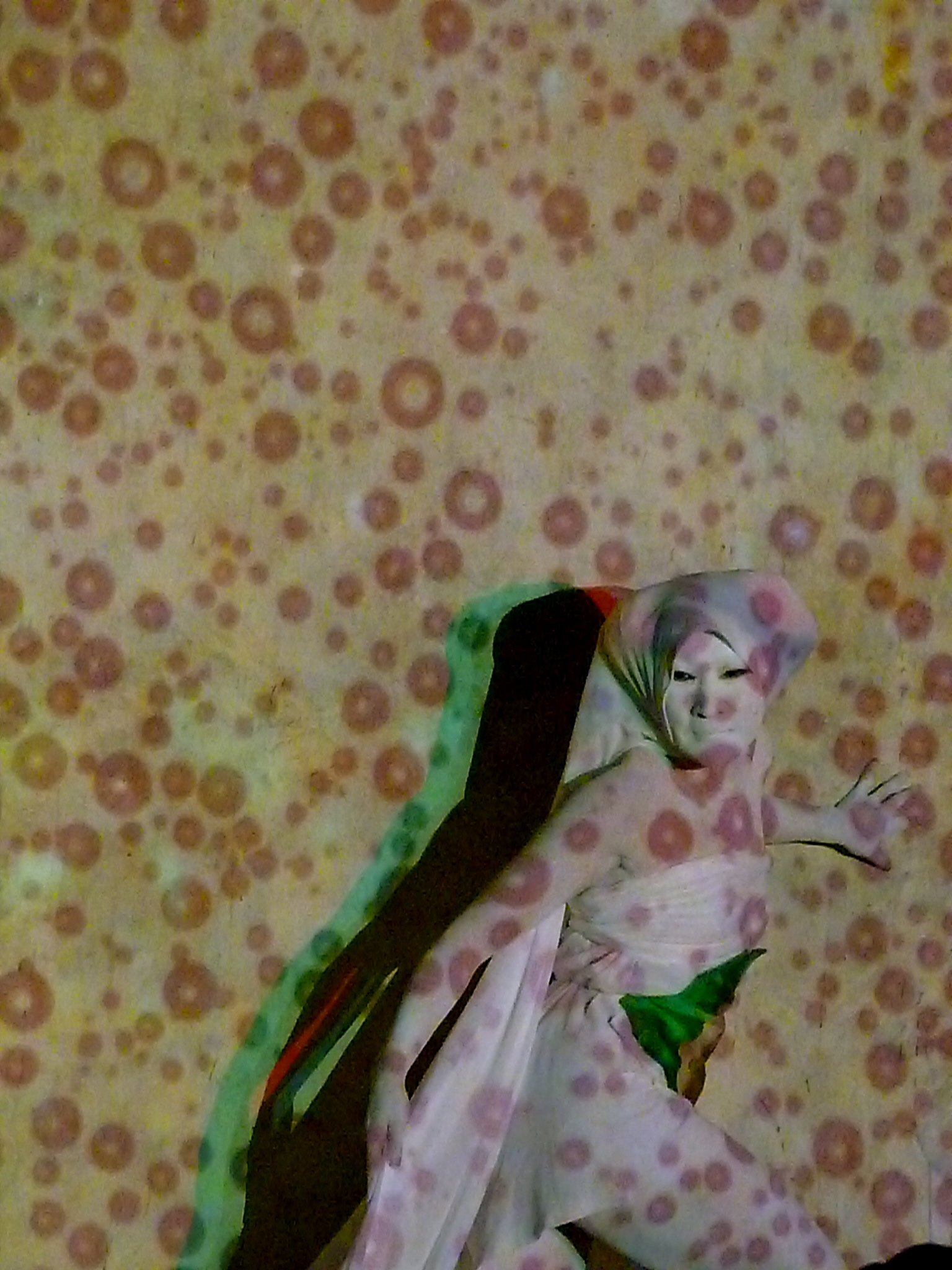Volunteering at the Kyoto International Manga Museum has been a fun and interesting but occasionally demanding experience. I have definitely learned a lot there, not only about manga itself but also about tourism in Japan, how the Japanese tend to view their own pop culture and foreigners’ perceptions of it, and the culture of the workplace. Adjusting to such a new environment, though, is not exactly simple. The main two difficulties I’ve encountered while volunteering are switching sets of social cues between the Japanese staff and foreign guests and interacting on a casual basis with the staff.
Overall, I have found that for the most part I can communicate fairly effectively with the staff of the museum, but occasionally I have had trouble switching between Japanese and English when conducting tours and answering questions. Switching between the languages themselves is not necessarily the problem, although that is sometimes difficult. Moreover, the various social cues you utilize while in a setting like a museum seem to differ to a certain extent between Japan and America. Though I’ve volunteered in an American museum before, it was difficult to bring a lot of what I learned there to this experience, as the way one greets customers and generally behaves around them seems to be generally a bit different here. It can also be rather jarring to switch from using formal language in Japanese with our supervisors to using English with the guests. One suddenly feels the instinct to make one’s language more formal toward the guest, although my intuition developed while working in an American museum tends to push me to want to seem friendlier, more welcoming, and therefore a little more informal. This has definitely been more interesting than it has been difficult, though. Figuring out the different ways to interact with both the guests and the staff makes every day fascinating.
In addition, bonding with the staff has been a little difficult, mainly because we are always in a constant work environment. I regularly talk to the two employees who supervise us, Yasui-san and Uramune-san, who are both extremely nice and friendly and also have occasionally been able to speak to some of the other employees, such as the kamishibai artist who performs shows at the museum. However, because our breaks are at different times from the rest of the employees, having time outside of the main areas of the museum to speak casually is rather rare. Because of this, it has admittedly been difficult to get to know people at the museum. Overall, though, I’m glad that I’ve gotten to know the employees I have met at the museum! It has been a great experience.


